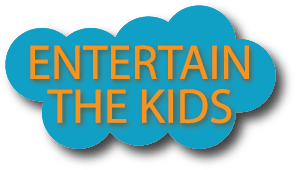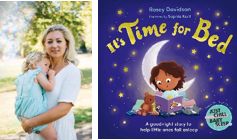
By SWNS Staff
Gen Z and millennial Americans are “cashing in” on lost time due to the pandemic and applying new financial lessons from this ever-changing time, according to new research.
A new survey polled 2,000 Gen Z and millennial Americans and looked at their new spending and saving habits during the ongoing impact of the pandemic. The results found that nearly seven in 10 (69%) are getting back to spending money on things they missed because of COVID-19.
Additionally, three in four are focusing their spending on activities that allow them to catch up with friends and family.
When lifted restrictions and re-openings began in early summer, Gen-Z and millennials took advantage, with 51% of respondents splurging on a trip away, while 49% have been spending money on fancy drinks and dinners at bars and restaurants.
Conducted by OnePoll on behalf of Laurel Road, a digital banking platform of KeyBank, the survey also found 59% say that they’re spending more money now than they did before the pandemic and 58% created new savings goals because their spending habits have changed.
Still, almost six in 10 respondents agreed they’re more financially confident than they were before the pandemic and credit the need to be more financially responsible due to COVID-19.
It’s translating to a shift in how Gen Z and millennial Americans manage their personal finances, as just over 30% admit they’re budgeting for the first time, while a further 39% are using new methods, like apps or dedicated spreadsheets to keep track of their budget.
The survey also found that 61% of respondents managed to save at least $1,000 from the start of the pandemic through the start of summer 2021 and one in 10 saved over $5,000. With those new savings, Gen-Z and millennials say they’ll put that towards paying off their student loans (38%), spend it on a vacation (37%), pay their rent (32%) and make payments on their credit cards (29%).
“It’s encouraging to see that young Americans are feeling more financially confident throughout what continues to be a very difficult and challenging time, and that so many are focused on maintaining their hard-earned savings,” said Alyssa Schaefer, Chief Experience Officer at Laurel Road. “Importantly, we see from our survey that many are balancing using their savings to both benefit their long-term goals, including paying off their student loans, and have fulfilling personal lives, a balance that is necessary for a strong financial future.”
The survey also polled 2,000 Gen Z and millennial Americans with student loan debt and found three-quarters (75%) of respondents with private student loans arranged for forbearance during the pandemic. Additionally, 73% of those polled with federal student loan debt also made use of the federal forbearance period to pause payments on their student loan debt.
Despite this, the survey found that 77% of those with private loans now feel prepared to start paying again, compared to 62% who have federal student loans.
Importantly, refinancing is top of mind for this group, as 32% of those with private student loans and 44% of those with federal student loans plan to refinance and lower their monthly payments once the forbearance period ends.
“With many borrowers now preparing for the student loan forbearance period to end, the survey shows an understanding of the benefits of refinancing student loans,” Schaefer added. “Specifically, refinancing is a great option for those looking to save over the life of their loans, creating opportunities to use that additional money to achieve savings goals as well as some much-needed fun and self-care.”
To that end, respondents’ confidence in their ability to save remains high, with two-thirds (66%) noting they believe they can achieve their savings goals moving forward.
In fact, this is top of mind for many, given that respondents noted that budgeting (21%) and increasing savings (10%) were top financial lessons they learned during the pandemic. These learnings seem to have made an impact, as over one in five (22%) Gen-Z and millennials noted that if they had an extra $1,000 to spend for the rest of 2021 they would put it in their savings account.
TOP CHANGES TO PERSONAL FINANCE
- Began using a new method of budgeting (i.e., downloaded an app, am using spreadsheets, etc.) – 40%
- Created new savings goals – 31%
- Now budgeting for the first time – 30%
- Spoke with a financial advisor – 24%
- Planning to pay off more of my student loans – 20%



















